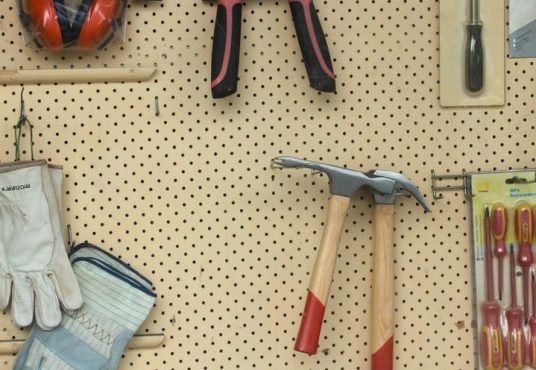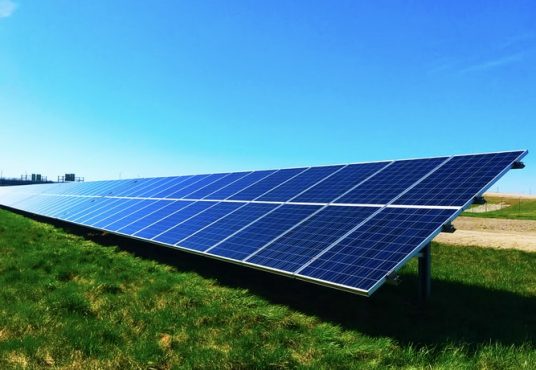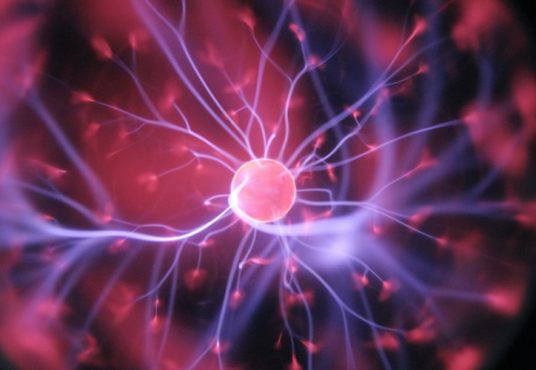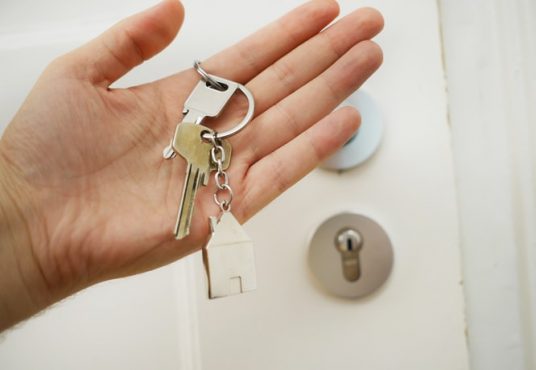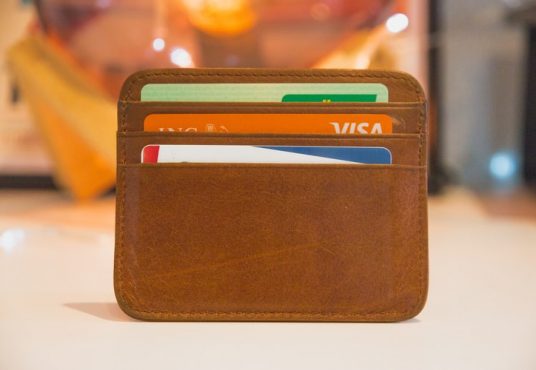Energy efficiency is all the buzz as of late! More people are looking to better care for their environment and to lower their own energy costs.
Most appliances display the bright yellow and black Energy Guide label to help you determine the efficiency of an appliance. The label provides information about energy consumption and shows you how much energy an appliance uses compared with similar models.
It is important to look for the ENERGY STAR logo as well. This indicates products that have been rigorously tested and will usually exceed the standards and performance of other brands by a substantial amount.
The latest technology has been applied to smart appliances. These appliances can be connected to smart electric meters or home energy management systems to help you shift your electricity use to off-peak hours. Smart appliances don’t simply turn off during peak electricity demand but alter usage. You may not even notice the shift.
Available in bountiful quantities locally daylighting utilizes natural light to illuminate the home’s interior. There are several approaches to achieve this effect.
- Skylights offer a good amount of natural light to help cut down on electric lighting.
- Light shelves are passive horizontal surfaces that bounce daylight deep into a building. They’re usually placed above eye level and have high-reflectance upper surfaces, which reflect daylight onto the ceiling and deeper into space. Light shelves can introduce light into space up to 2½ times the distance from the floor to the top of the window. Advanced light shelves may introduce four times that amount!
- Clerestory windows are short, wide, or circular windows set high on the wall which is protected from the sun by the roof overhang, allowing natural light to shine through.
- Light tubes are the best option for us in Guyana. They use a special lens designed to amplify low-level light and reduce light intensity from the midday sun. Sunlight is channelled through a tube coated with highly reflective material and then enters the living space through a diffuser designed to distribute light evenly.
For our overseas readers in temperate areas, we have a few tips to aid with chiller climatic energy loss. Approximately one-third of the home’s total cooling or heat loss usually occurs through windows and doors. The good news is there are ways to reduce this energy loss.
- The cheapest and simplest option is to seal all window edges and cracks with rope caulk.
- A special lining can be inserted between the window and frame to weatherstrip windows as well.
- Weatherstripping can be applied around perimeter doors to ensure a tight seal when they’re closed.
- Installing storm windows / meshed frames on windows with single panes is another great option where a removable glass frame can be installed over an existing window.
Cooking
An enormous amount of energy is wasted while cooking, however, there are ways to avoid wasteful cooking.
Did you know convection ovens use approximately 20% less electricity than conventional ovens and allow food to be cooked at a lower temperature?
Other tips include:
- Pans should be placed on the matching size heating element or flame.
- Food cooks faster when using lids on pots and pans.
- Pressure cookers reduce cooking time dramatically.
Laundry Tips
Washers and dryers are among the costliest appliances to operate. Here are energy-efficient tips to cut down costs.
- Wash with cold water to cut a load’s energy use in half. You can look for cold water detergents to ensure items get clean.
- Wash with full loads, your washer will use about the same amount of energy no matter the load size.
- Don’t overfill the dryer. This will take longer for the clothes to dry. And get the most out of a cycle by switching loads while the dryer is still warm.
- Clean the lint filter often, and use wool or rubber dryer balls to help separate your clothes and get more air to them.
- Use an ENERGY STAR-certified washer and dryer which uses up to 25% less energy than conventional models. Hang your wet clothing on a line! Air-dry washed items or partly air-dry before adding them to the dryer.
Consideration for your plant and pocket are both important factors in energy efficiency. We hope that this article has gainfully educated you on the essentialness of energy-saving devices!

